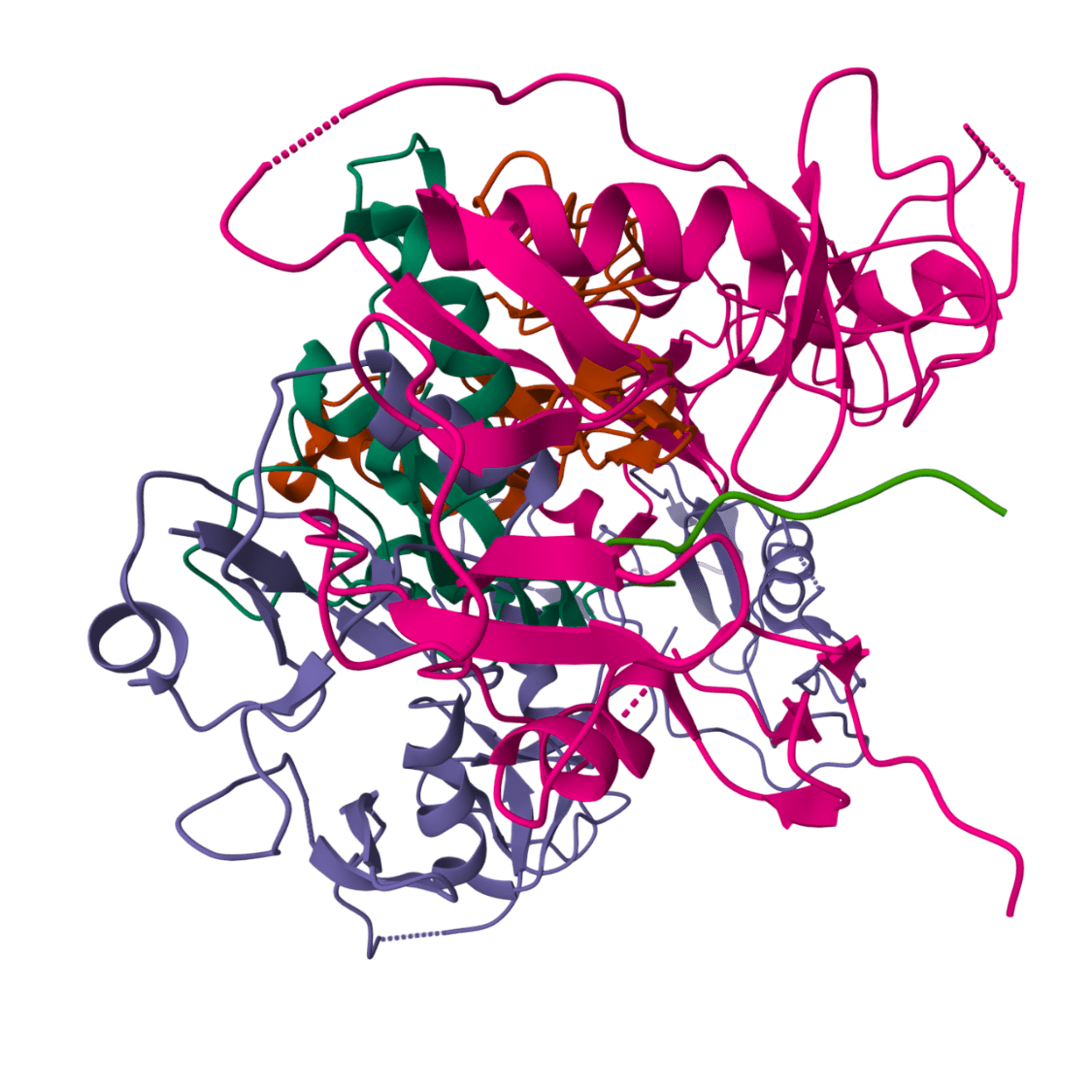This product is a box of 10 vials.
What Is Follistatin-344 ?
Follistatin-344 is a synthetic version of the natural human protein follistatin. It blocks the effects of myostatin, activin, and follicle-stimulating hormone (FSH). In animal studies, this leads to increased muscle mass, reduced scar formation, and decreased inflammation. The body can modify Follistatin-344 to create other forms of follistatin.

Sequence: MVRARHQPGG LCLLLLLLCQ FMEDRSAQAG NCWLRQAKNG RCQVLYKTEL SKEECCSTGR LSTSWTEEDV NDNTLFKWMI FNGGAPNCIP CKETCENVDC GPGKKCRMNK KNKPRCVCAP DCSNITWKGP VCGLDGKTYR NECALLKARC KEQPELEVQY QGRCKKTCRD VFCPGSSTCV VDQTNNAYCV TCNRICPEPA SSEQYLCGND GVTYSSACHL RKATCLLGRS IGLAYEGKCI KAKSCEDIQC TGGKKCLWDF KVGRGRCSLC DELCPDSKSD EPVCASDNAT YASECAMKEA ACSSGVLLEV KHSGSCNSIS EDTEEEEEDE DQDYSFPISS ILEW
Molecular Weight: 3780 g/mol
PubChem CID: 178101631
Synonyms: Activin-Binding Protein, FSH-Suppressing Protein, FST
Muscle Growth
Myostatin, a protein made by muscle cells, limits muscle growth. As a TGF-beta family member, it is blocked by follistatin. Animals lacking myostatin have much larger and stronger muscles. This discovery led researchers to explore follistatin as a way to boost muscle growth and treat conditions like muscular dystrophy.
In mice, follistatin injections increased lean muscle mass by 10% in just eight weeks, without special diets or exercise. This suggests even greater gains could be possible with proper training. Studies in mice and monkeys show follistatin increases muscle size and strength, offering hope for treating muscle disorders like inclusion body myositis or Duchenne muscular dystrophy (DMD). In DMD mouse models, follistatin caused muscle growth, reduced inflammation, and improved strength. A single dose of follistatin via gene therapy also led to over two years of increased muscle mass and strength in both healthy and dystrophic mice, regardless of their age.
Follistatin promotes muscle growth through the insulin/IGF-1 pathway. It only needs one of these signaling molecules to work effectively and may even increase insulin production in the pancreas, tying it closely to insulin signaling.
Breast Cancer
In breast cancer studies, follistatin is usually under-expressed in tumors but over-expressed in some cases. When over-expressed, tumors grow faster but are less likely to spread. Higher follistatin levels are linked to better survival and less cancer spread. In mouse models of HER2-positive breast cancer, follistatin blocked activin-driven cell movement, completely preventing lung metastases, though it didn’t affect tumor growth itself. Follistatin also appears in benign breast conditions like fibroadenoma, promoting local growth but reducing the chance of distant spread.
Esophageal Cancer
Bone morphogenic protein (BMP) contributes to Barrett’s esophagus, a condition that can lead to esophageal cancer, often triggered by acid reflux. Follistatin may counteract BMP over-activation, potentially preventing Barrett’s esophagus. BMP issues are also linked to other cancers, like colon cancer, suggesting follistatin could have broader applications in cancer prevention and treatment.
Cancer Treatment
Follistatin affects various tumors, not just breast cancer or liver cancer. It improves survival in breast cancer but may reduce survival in lung, ovarian, and gastric cancers. Understanding these differences could lead to tailored cancer treatments or even preventive measures to slow cancer spread and improve long-term outcomes.
Cell Proliferation
Follistatin promotes cell growth but limits cancer spread, a pattern seen in multiple tissues. In the liver, follistatin is needed for hepatocytes (liver cells) to grow. This may explain why it increases tumor growth but reduces invasion and spread, as cells focus energy on growth rather than migration.
Liver Protection
Follistatin protects the liver by reducing early-stage fibrosis, a process that can lead to liver disease or cancer. In rats, four weeks of follistatin treatment reduced fibrosis by 32% and liver cell death by 87%, slowing disease progression.
Congenital Blindness
TGF-beta proteins, like BMP, affect optic nerve development in early life. High levels of these proteins can prevent proper nerve fusion, leading to blindness. Follistatin may block these proteins, ensuring the optic nerve forms correctly and reducing the risk of blindness.
Hair Growth
In a small human trial with 26 participants, follistatin combined with other hair-growth treatments increased hair density by 20% and thickness by nearly 13%. These results lasted at least one year after a single injection.
Diabetes and Insulin Deficiency
In mice, follistatin increased the mass of beta-islet cells, which produce insulin. This led to higher insulin levels, lower fasting glucose, and fewer diabetes symptoms. Treated mice lived twice as long, as follistatin nearly eliminated diabetes complications. This suggests follistatin could improve both type 1 and type 2 diabetes by enhancing remaining islet cell function, offering a more natural way to regulate insulin compared to external insulin treatments.
Curious about Follistatin 344?
Join our Facebook group to engage directly with thousands of others who use this product, and follow our Facebook/IG pages for hot updates and product announcements!


